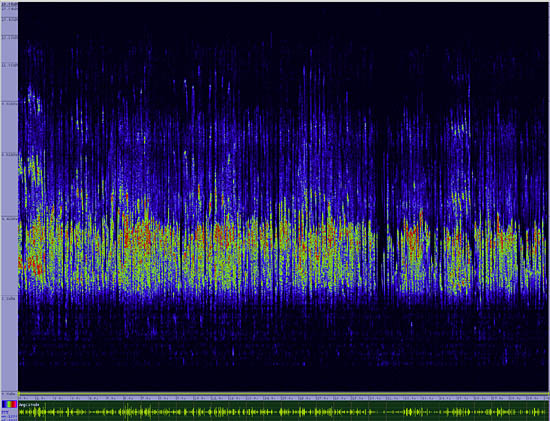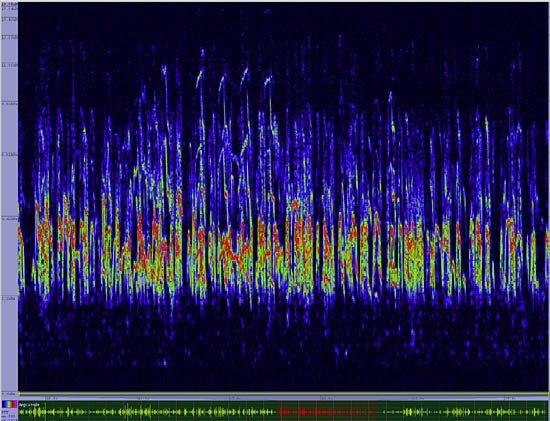Western Sandpiper
Calidris mauri

Sandpiper Like

Length: 7 in. (18 cm )
In migration and the winter, this sandpiper is almost always found in small to large flocks in shallow water or on sand and mud flats. It forages by probing for invertebrates in the mud. During the short breeding season on the tundra of western Alaska, the Western Sandpiper places a grassy nest in low shrubs, often in tight colonies of 100s of pairs.
The four-digit banding code is WESA.
Bibliographic details:
- Article: Western Sandpiper
- Author(s): Dr. Biology
- Publisher: Arizona State University School of Life Sciences Ask A Biologist
- Site name: ASU - Ask A Biologist
- Date published: 13 Jul, 2017
- Date accessed: 29 July, 2025
- Link: https://askabiologist.asu.edu/activities/bird/western-sandpiper
APA Style
Dr. Biology. (Thu, 07/13/2017 - 15:38). Western Sandpiper. ASU - Ask A Biologist. Retrieved from https://askabiologist.asu.edu/activities/bird/western-sandpiper
Chicago Manual of Style
Dr. Biology. "Western Sandpiper". ASU - Ask A Biologist. 13 Jul 2017. https://askabiologist.asu.edu/activities/bird/western-sandpiper
MLA 2017 Style
Dr. Biology. "Western Sandpiper". ASU - Ask A Biologist. 13 Jul 2017. ASU - Ask A Biologist, Web. https://askabiologist.asu.edu/activities/bird/western-sandpiper
Be Part of
Ask A Biologist
By volunteering, or simply sending us feedback on the site. Scientists, teachers, writers, illustrators, and translators are all important to the program. If you are interested in helping with the website we have a Volunteers page to get the process started.








